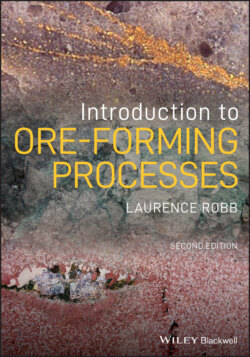Читать книгу Introduction to Ore-Forming Processes - Laurence Robb - Страница 45
Mining and Environmental Responsibility
ОглавлениеA global population of possibly eleven billion people by the end of the century presents a major challenge in terms of the supply of most of the world's natural resources. What is even more serious, though, is the enormous strain it will place on the Earth's fragile environment arising from the justifiable expectation that future societies will provide an adequate standard of living, in terms of food, water, housing, technology, recreation, and material benefits, to all their people. In addition to commodity supply problems, the twenty‐first century will also be characterized by unprecedented depletion of even more critical resources in the form of soil, water, and clean air (Fyfe 2000). Legislation that is aimed at dealing with issues such as atmospheric pollution and greenhouse gas emissions, erosion, factory waste and acid drainage, de‐forestation, the protection of endangered species, overgrazing, and crop fertilization, is highly desirable but far from globally achievable because it is perceived as a luxury that only the developed world can afford.
The study of ore‐forming processes is occasionally viewed as an undesirable topic that ultimately contributes to the exploitation of the world's precious natural resources. Nothing could be further from the truth. An understanding of the processes by which metals are concentrated in the Earth's crust is essential knowledge for anyone concerned with the preservation and remediation of the environment. The principles that underpin the natural concentration of ores in the crust are the same as those that can be utilized to tackle issues such as the control of acid mine drainage, and soil and erosion management. Mining operations around the world are required to assume responsibility for reclamation of the landscape once the resource has been depleted. The industry now encompasses a range of activities extending from geological exploration and evaluation, through mining and beneficiation, and eventually to remediation and environmental reclamation. This is the mining cycle and its effective management in the future will be a multidisciplinary exercise carried out by highly skilled scientists and engineers. Earth systems science, and in particular the geological processes that gave rise to the formation of mineral deposits, will be central to the future custodianship of the Earth's natural resources.
